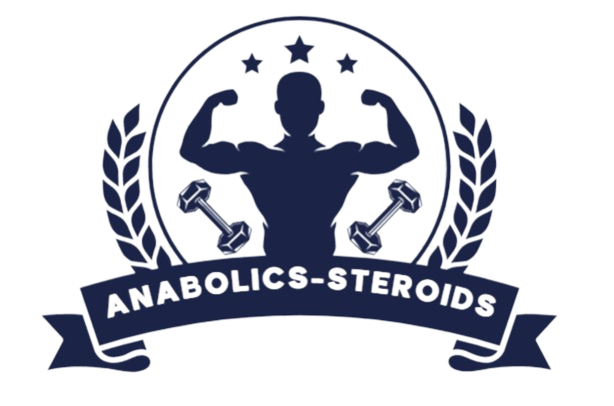If your push-ups feel more like maintenance than momentum, it’s time to add some pop to your pressing with the plyo incline push-up.
The plyo incline push-up is a joint-saving power push-up variation that lets you train explosively without ending up on a workout fail video. It’s a viable alternative to floor plyo variations, providing you with all the upper-body power benefits without the risk of injuring your wrists or shoulders.
Using an inclined surface, you put your body in a mechanically stronger position, allowing you to focus on generating force, not just surviving the repetition. Whether you want to bench press heavier, build explosive strength, or shake up your routine, this variation checks all the boxes.
Ready to power up your push-up game? Let’s break down the plyo incline push-up and show you how to bring the boom to your upper body.
What is the Plyo Incline Push-Up
The plyo incline push-up is a plyometric push-up variation performed with your hands elevated on a stable surface, such as a weight bench or a box. Much like the floor version, your goal is to push explosively enough for your hands to leave the surface. However, the incline gives you an advantage by reducing the load and impact on your shoulders, elbows, and wrists.
The inclined surface allows you to generate more force with less strain, making this a valuable tool for athletes, beginners, and seasoned lifters alike. If your chest day needs more snap, crackle, and pop, this is it.
How To Perform The Plyo Incline Push-Up
It’s not about throwing yourself off the bench; it’s about controlled explosiveness combined with good form. The goal is to create power, not chaos, and here’s how to nail it.
- Use a sturdy bench or box; the higher the incline, the easier it will be
- Place your hands shoulder-width apart on the inclined surface, keeping your feet hip-width apart and your body straight from head to heels.
- Lower your chest toward the bench with control, keeping your elbows at roughly a 45-degree angle from your torso.
- Push your hands into the surface with enough force that they briefly leave the bench.
- Land with a soft bend in the elbows and immediately reload for the next rep.
Plyo Incline Push-Up Muscles Worked
Plyo push-ups activate the fast-twitch muscle fibers, which have the greatest growth potential. This provides a bigger bang for your buck training effect, and here are the muscles that benefit.
Pecs: Your chest contracts hard when pressing your body up, especially when your hands leave the bench.
Triceps: Your triceps power the lockout, helping you generate speed and control the descent.
Anterior Delts: These muscles stabilize and assist the chest during explosive pushes.
Serratus Anterior: Keeps your shoulder blades honest during the push-off and landing phases.
Core (Rectus Abdominis, Obliques, Transverse Abdominis): Works hard to prevent sagging or rotation during takeoff and landing.
Common Plyo Incline Push-Up Mistakes with Fixes
The plyo incline push-up may look simple to the naked eye, but dialing in your form is crucial if you want to build power without the face plant. If your form is off, you’re leaving gains on the table, or things could get ugly fast.
Hand Not Leaving The Bench
You lower with control and think you’re performing a plyometric push-up, but your hands don’t leave the bench.
The Fix: Focus on intent. If your hands don’t leave the bench, please remind yourself to push as hard as possible. The power will come with practice. If you’re still having trouble, warm up with a few med ball chest passes to get you fired up.
The Dreaded Core Sag
Your glutes fail to maintain tension, and your hips drop during the push or landing, putting unnecessary stress on your lower back.
The Fix: Keep your glutes tight and core braced, and think of the front plank from start to finish. This keeps your spine neutral and your power path efficient.
Crashing the Landing
Although this exercise aims to produce force as quickly as possible, absorbing that power during the eccentric phase is crucial for repeated power efforts. It’s bad news when you drop and let your elbows slam into the extension.
The Fix: Land softly, absorbing the impact by bending the elbows and reloading with control.
Benefits of Plyo Incline Push-Ups
Power training always comes with a risk, as moving quickly leaves you vulnerable to slip-ups due to increased fatigue. This variation mitigates some of these risks but not the benefits.
Enhances Upper Body Power & Strength
The faster you can produce force, the stronger you are. The plyo incline push-up trains your ability to generate maximum force in minimal time, improving athleticism and bar speed off the chest.
Safer Than Floor-Based Plyos
Floor plyo push-ups and clapping push-ups can be tough on the wrists, shoulders, and elbows. The incline reduces some of the joint stress while still allowing you to train power with a reduced injury risk.
Improves Pressing Performance
Training with plyometric push-ups helps you develop speed off the chest, where most people tend to struggle. Think of this move as your bodyweight dynamic press: more pop = more plates.
Programming Suggestions
The plyo incline push-up is best performed early in your workout, after your warm-up, when your nervous system is fresh and ready to fire. Whether you’re training for strength, hypertrophy, or athletic performance, this movement covers all the bases.
Strength and Power
Use this as your primary explosive push at the start of your upper body day.
Sets/Reps: 3–5 sets of 5 reps, with a two-minute rest between sets.
Trainer Tip: Pair it with a heavy pressing movement, such as a bench or dumbbell floor press, to enhance power and pressing performance.
Muscle Growth
Use this as a finisher or an accessory exercise on your upper body day.
Sets/Reps: 3–4 sets of 8 reps, resting 90 seconds between sets
Trainer Tip: For an added challenge, perform a superset with a push-up variation or incline press for extra chest juiciness.



